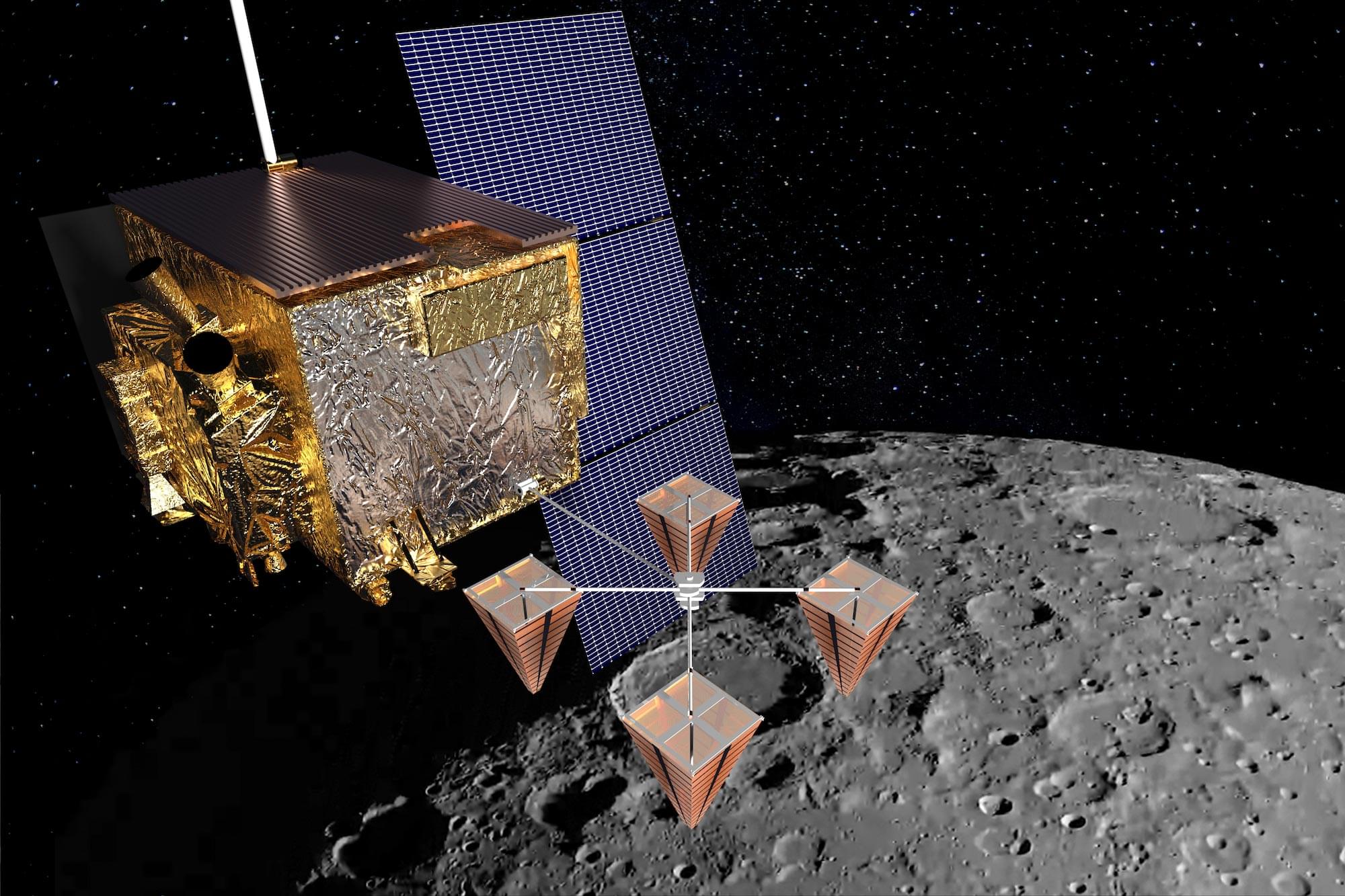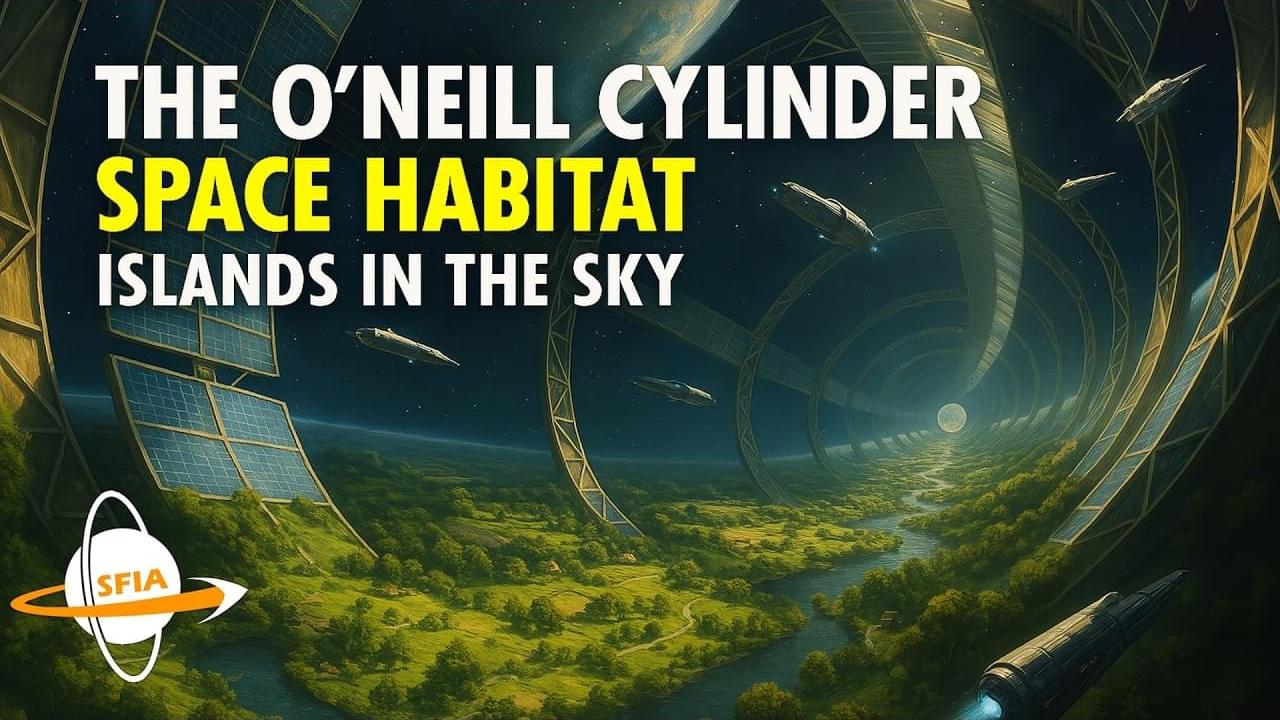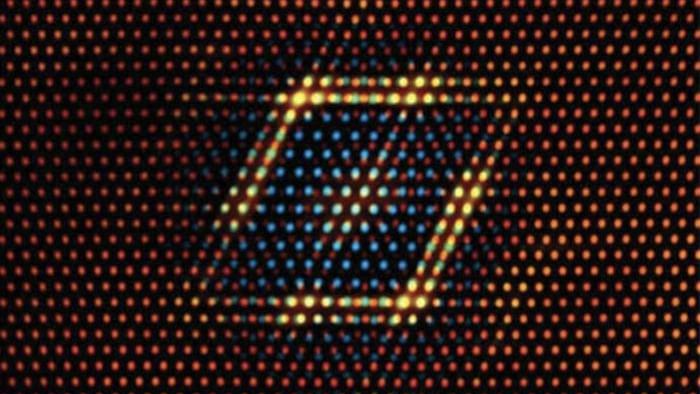“Second Variety” is a science fiction novelette by American writer Philip K. Dick, first published in Space Science Fiction magazine, in May 1953. Set in a world where war between the Soviet Union and United Nations has reduced most of the world to a barren wasteland, the story concerns the discovery, by the few remaining soldiers left, that self-replicating robots originally built to assassinate Soviet agents have gained sentience and are now plotting against both sides. It is one of many stories by Dick to examine the implications of nuclear war, particularly after it has destroyed much or all of the planet. The story was adapted into the movie Screamers in 1995. 00:00 Intro 01:03 Peek into the plot 03:33 Self-Replication and Technological Autonomy 06:51 Current Autonomous Warfare Capabilities 10:30 Space Warfare and the Projection of Terrestrial Conflict 13:14 Current State of Space Warfare 15:22 Wrapping Up =============== 🎬 Loitering munitions system WARMATE • Loitering munitions system WARMATE 📙 🇺🇸 Superintelligence: Paths, Dangers, Strategies https://bookshop.org/a/98861/97801987… The Human Terrain Project — PENTAGON’S attempt to understand The Enemy | ENDEVR Documentary
• The Human Terrain Project — PENTAGON’… 📙 🇺🇸 War in the Age of Intelligent Machines https://monoskop.org/images/c/c0/DeLa… =============== Buy the book featured in this video: 📙 🇺🇸 Buy the book Second Variety https://bookshop.org/a/98861/97988883… 🎧 Free Audiobook
• Post-Apocalyptic Story “Second Variet… =============== You can find my take on things summarised in the books I wrote. 📙🇺🇸Chronicles of the Machine — Simulated conversations with Philip K. Dick https://buchshop.bod.ch/chronicles-of… 📙🇺🇸Zero Person: Reframing Autistic Cognition Beyond the Self https://buchshop.bod.ch/zero-person-e… 📙🇩🇪Zero Person: Autistische Kognition jenseits des Selbst https://buchshop.bod.ch/zero-person-e… 📙🇺🇸Book order: The end of the I https://www.bod.ch/buchshop/the-end-o… 📙🇩🇪Book order: Das Ende des Ichs https://www.bod.ch/buchshop/das-ende–… 📙🇺🇸 #actuallyautistic — Living with Autism – A Poetic Exploration of the Spectrum https://buchshop.bod.ch/actuallyautis… =============== Image credits: Freepik.









